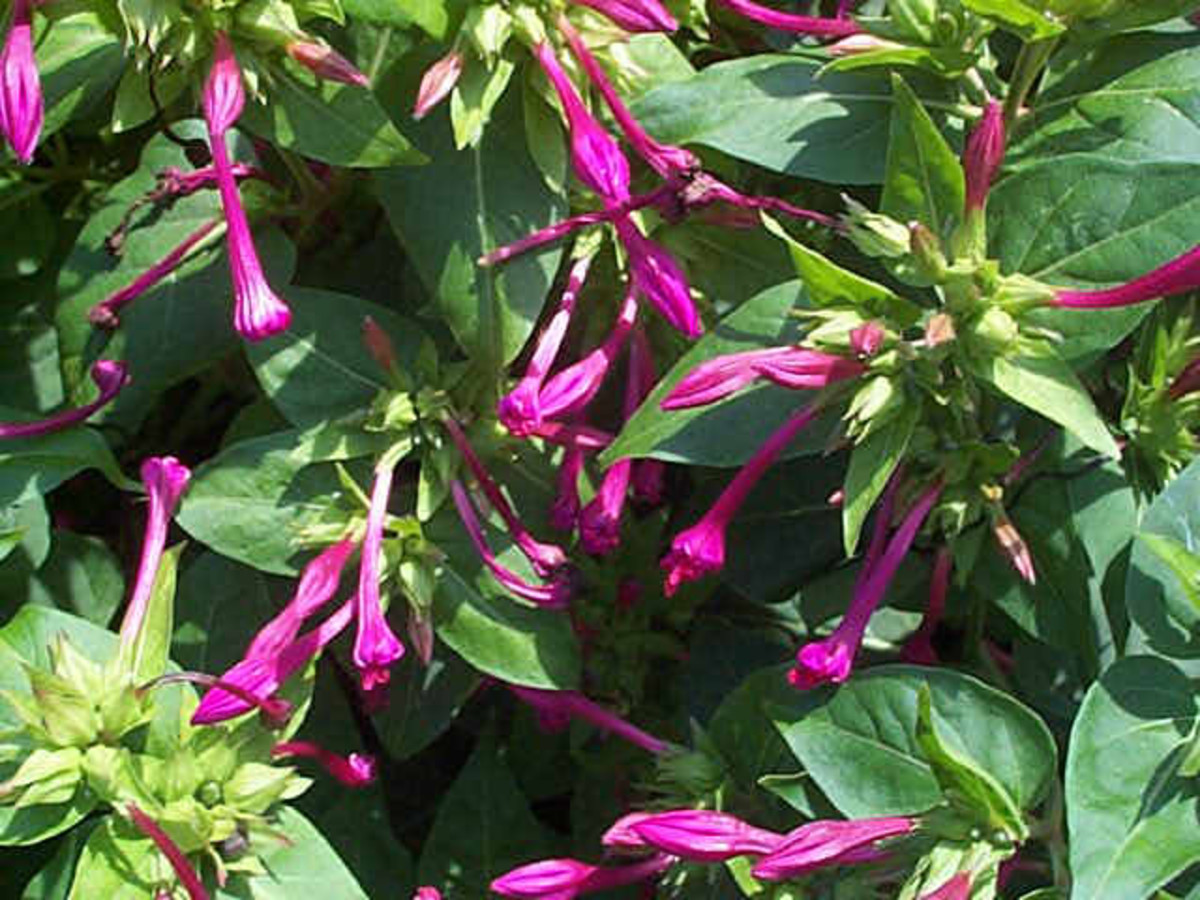
Medicinal Plants of the Amazon Rainforest. HubPages
July 22, 2012. Plants have broader uses than as just food and a genetic reservoir. Increasingly, rainforest plants, and to a lesser extent rainforest animals, are the source of compounds useful for medicinal purposes. The rainforest has been called the ultimate chemical laboratory with each rainforest species experimenting with various chemical.
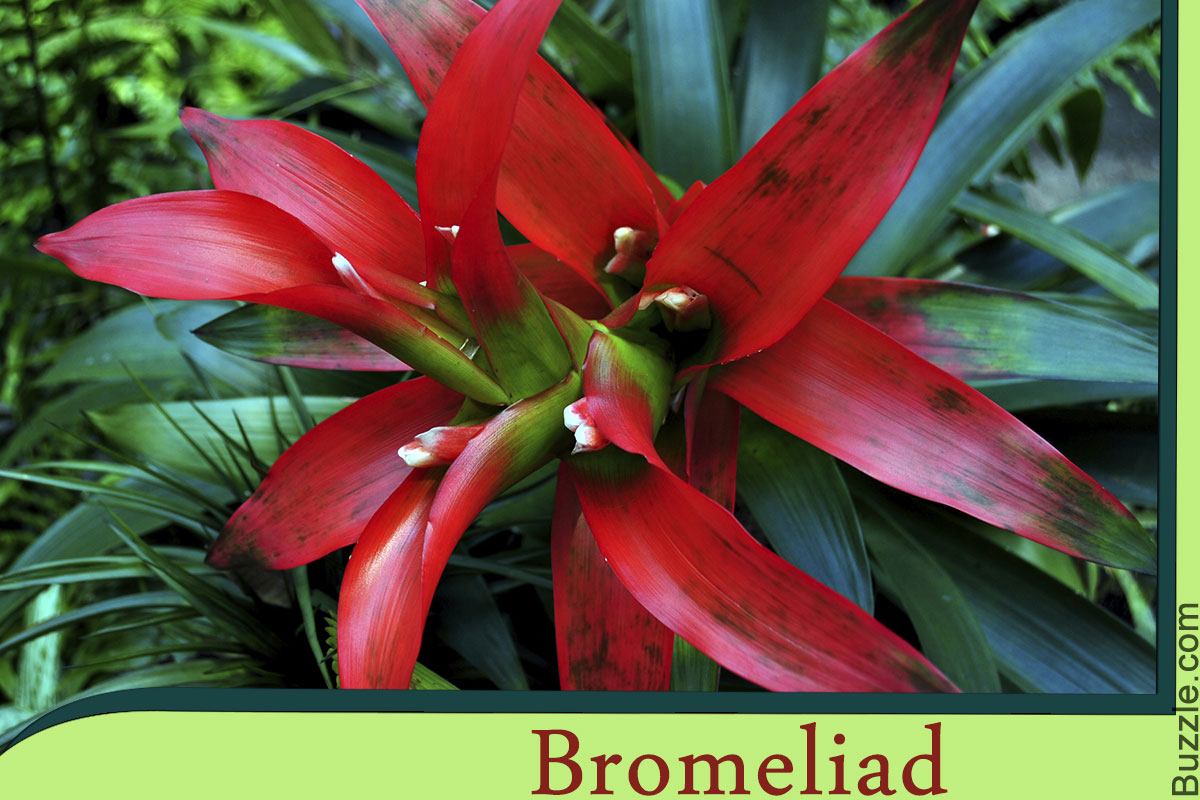
These Vibrant Amazon Rainforest Plants Will Take Your Breath Away
For many, the allure of the Amazon Rainforest can be attributed to the overwhelming number of plant and animal species that inhabit it. To date, at least 40,000 plant species have been scientifically classified in the Amazon Rainforest, and several medicines have been derived from these species. But most remain mysterious and foreign to even scientific folk.

Top 10 Medicinal Plants of the Amazon Rainforest Cruises
4. Cocoa Tree. Due to its great medicinal value, the cocoa tree stands out as one of the most important rainforest plants. This tropical tree is unique in that it produces more than 155 chemicals that can be extracted from its bark, fruits, seeds, and leaves. The extracts are used to treat coughs, kidney stones, anxiety, fever, and external.

Top 10 Medicinal Plants Of The Amazon Rainforest Cruises
This website has been dedicated to sharing this knowledge of rainforest medicinal plants and their effective uses since 1995. The information shared in the Rain-Tree Tropical Plant Database and Leslie Taylor's books is crucial to help educate people everywhere what to use these powerful rainforest plants for and how to use them effectively.
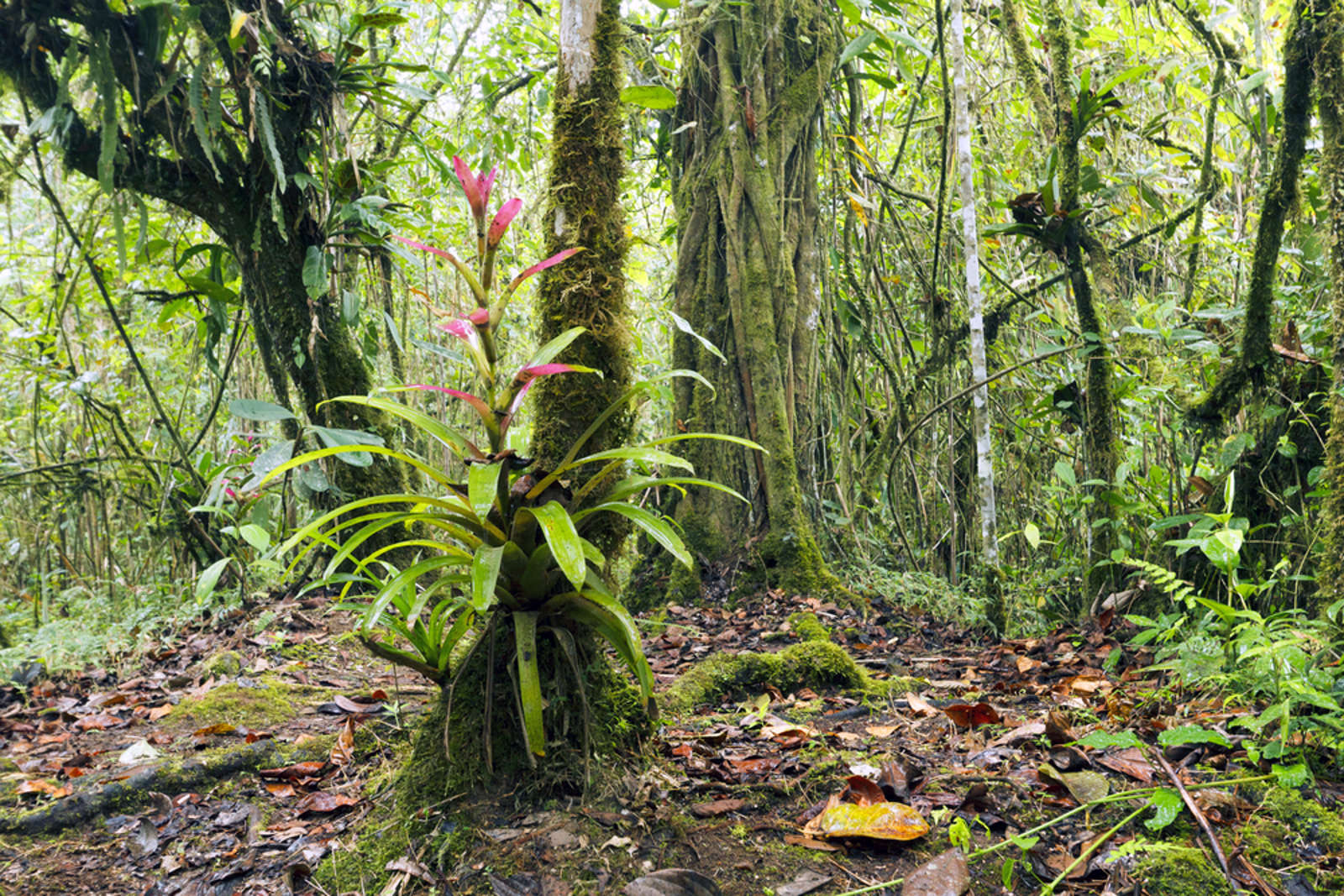
Medicinal Plants In The Amazon Rainforest
The Healing Power of Rainforest Herbs is a valuable resource to these herbs and their uses. The Healing Power of Rainforest Herbs details more than seventy rainforest medicinal plants, and is the result of Leslie Taylor's years of extensive research. This book explains the medicinal properties of each herb and the natural chemicals involved.

Top 10 Medicinal Plants Of The Amazon Rainforest Cruises Amazon rainforest plants
The following are some of the most commonly found plants and trees in the National Park of American Samoa: 1) Moso'oi (cananga odorata), use (Bark infusion occasionally used as a laxative); 2) Talie(terminalia catappa), use (Bark infusion commonly used to treat coughs and mouth infections); 3) Aoa (ficus prolixa), use (Infusion of the crushed.
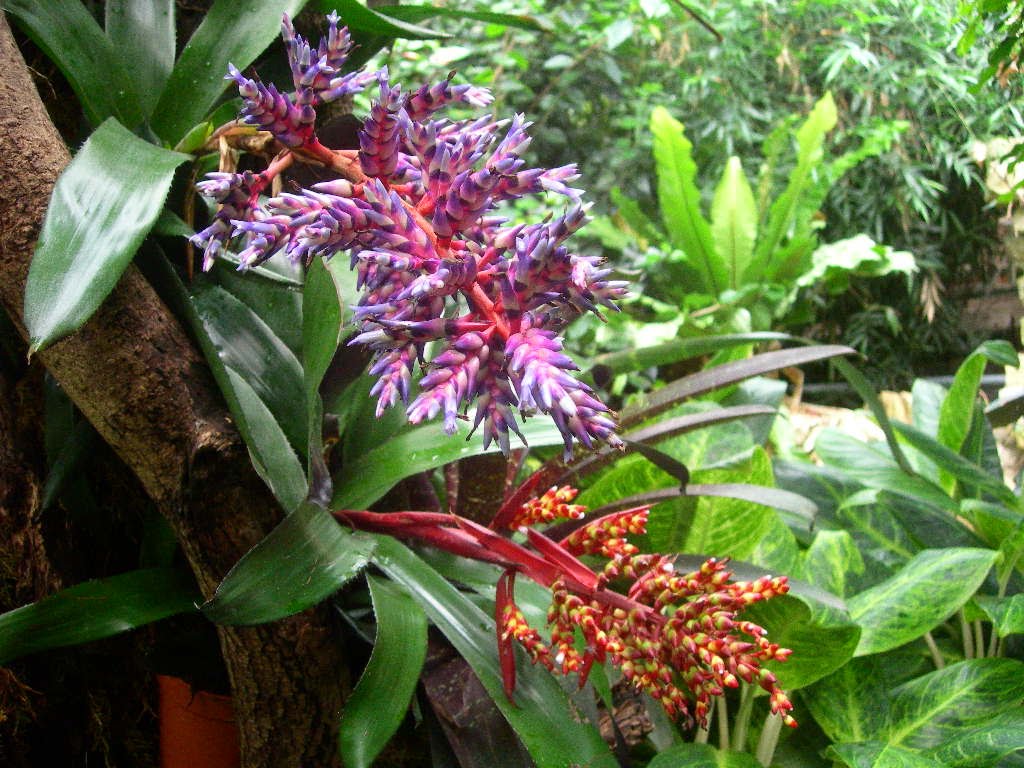
Types of Plants in the Rainforest Medicinal herbs plants
Here are just a small example of some of the medicinal plants found in the Amazon Rainforest and their uses: 1. CANELLILA. Often used to treat women with ovarian cysts, Canellila is also believed to be one of the medicinal plants that could increase the likelihood of conception. 2.

Top 10 Medicinal Plants Of The Amazon Rainforest Cruises
Tawari Tree Bark. Last but certainly not least, Tawari tree bark is a God-send of a cure-all. It helps soothe pain inflicted by tumors and is a very useful medicinal herb to fight the effects and ailments of cancer, infections, and inflammation. These medicinal plants from the Amazon rainforest promise not only to inspire your senses but heal.
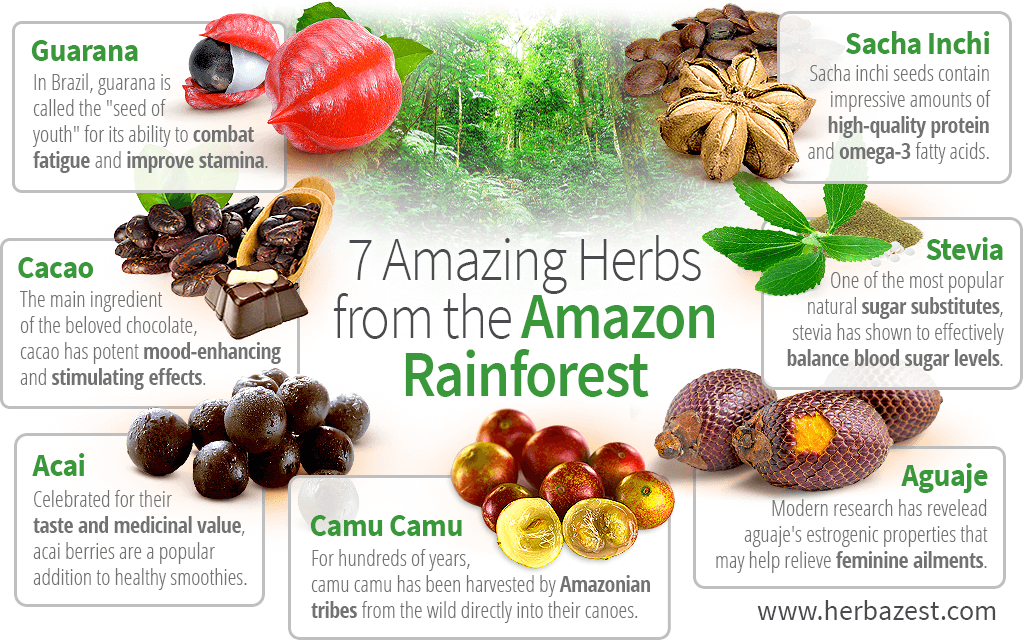
7 Amazing Herbs from the Amazon Rainforest HerbaZest
Approximately 7,000 medical compounds prescribed by Western doctors are derived from plants. These drugs had an estimated retail value of US$43 billion in 1985. Seventy percent of the 3000 plants identified by the United States National Cancer Institute as having potential anti-cancer properties are endemic to the rainforest.

Medicinal Plants of the Amazon Rainforest. HubPages
Rainforests Are a Rich Source of Medicines. Scattered pockets of native peoples around the world have known about the healing properties of rainforest plants for centuries and perhaps longer. But only since World War II has the modern world begun to take notice, and scores of drug companies today work in tandem with conservationists, native.

The Rainforest Medicinal Plants In The Rainforest
Traditionally, the plant also has an antiseptic effect when rubbed into skin or wounds. This is another of the most important Medicinal plants in the Amazon rainforest. 6. Matico. Matico or Buddleja globosa. Photo by Wikimedia Commons. The colorful flowers of the Matico plant are eye-catching, but it is the leaves that hold their true magic.

Medicinal Plants In The Amazon Rainforest
Drawing by Julia Loman, 2016. As one of the most biodiverse areas of the world, the Amazon Rainforest has great potential as a source for medicinal plants. Only a small percentage of the plants in the Amazon have been tested for active compounds that could be used medicinally in modern medicine. However, a great wealth of knowledge about the.
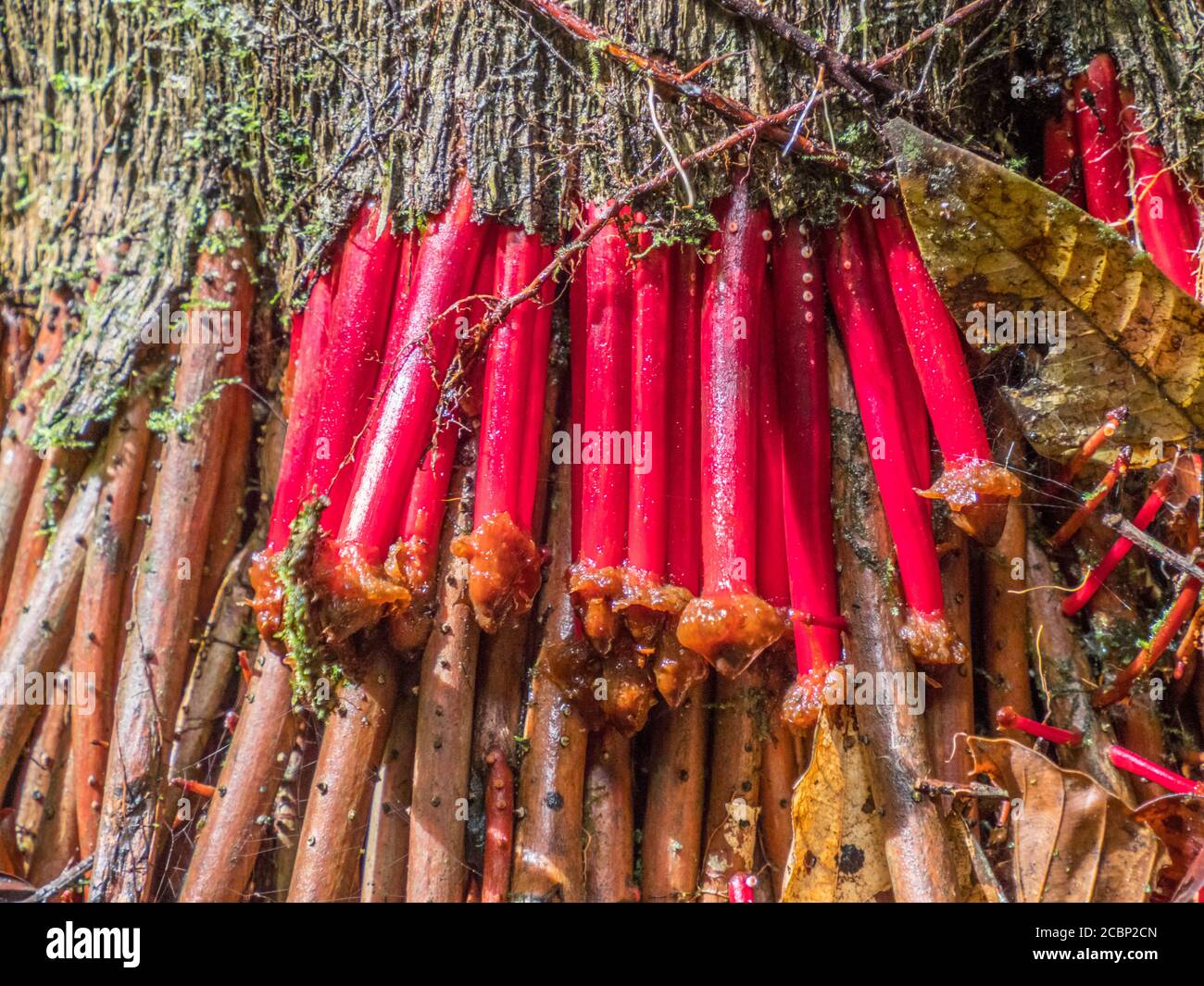
Medicinal plants in the Amazonia. Wasai, tree with red, walking roots in the Amazon Rainforest
Destruction of rainforests through wildfires or deforestation may harm human health. As these forests disappear, we may be losing precious medicinal plants that hold treatments for various diseases.
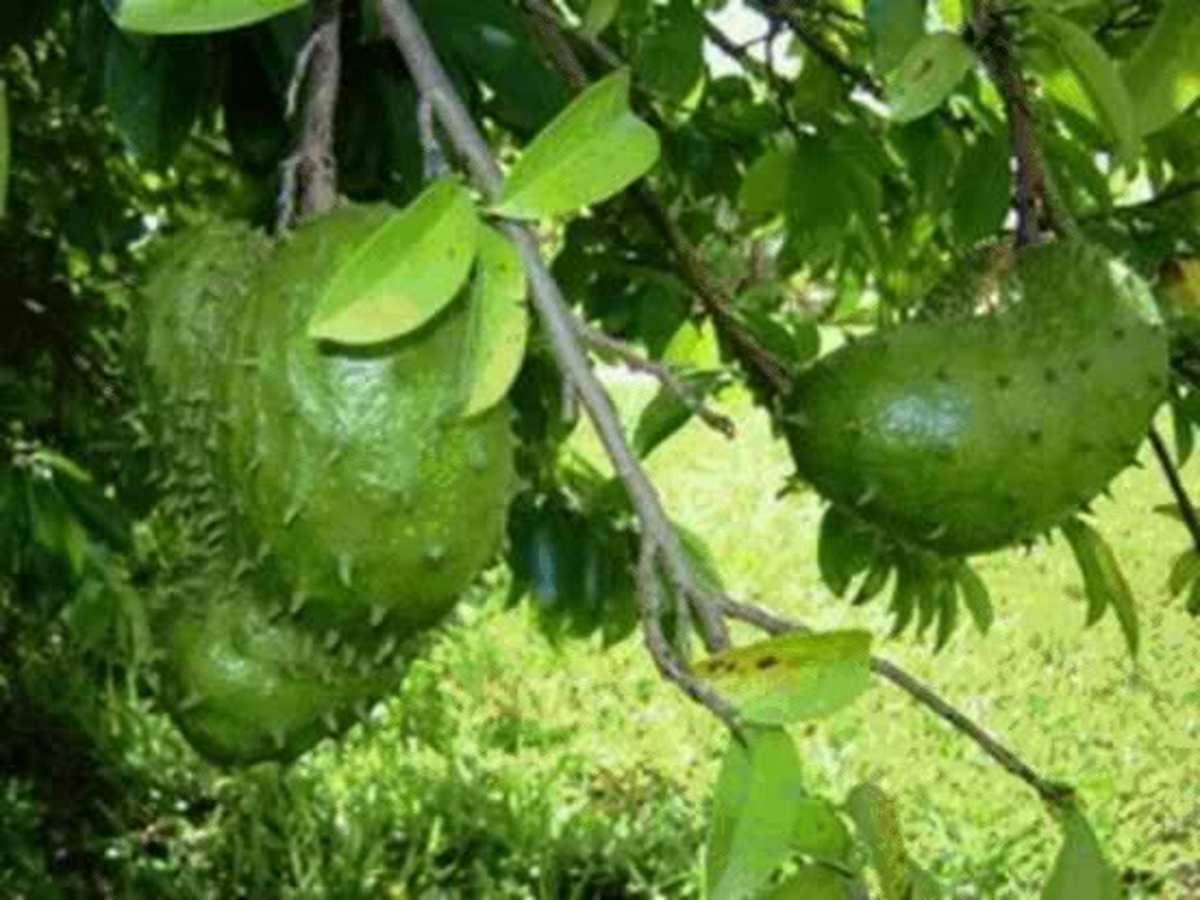
Medicinal Plants of the Amazon Rainforest. HubPages
Medicines from the rainforest. Plants already provide us with a quarter of our medicines and they could produce many more. Yet this great resource is being destroyed while its secrets remain.
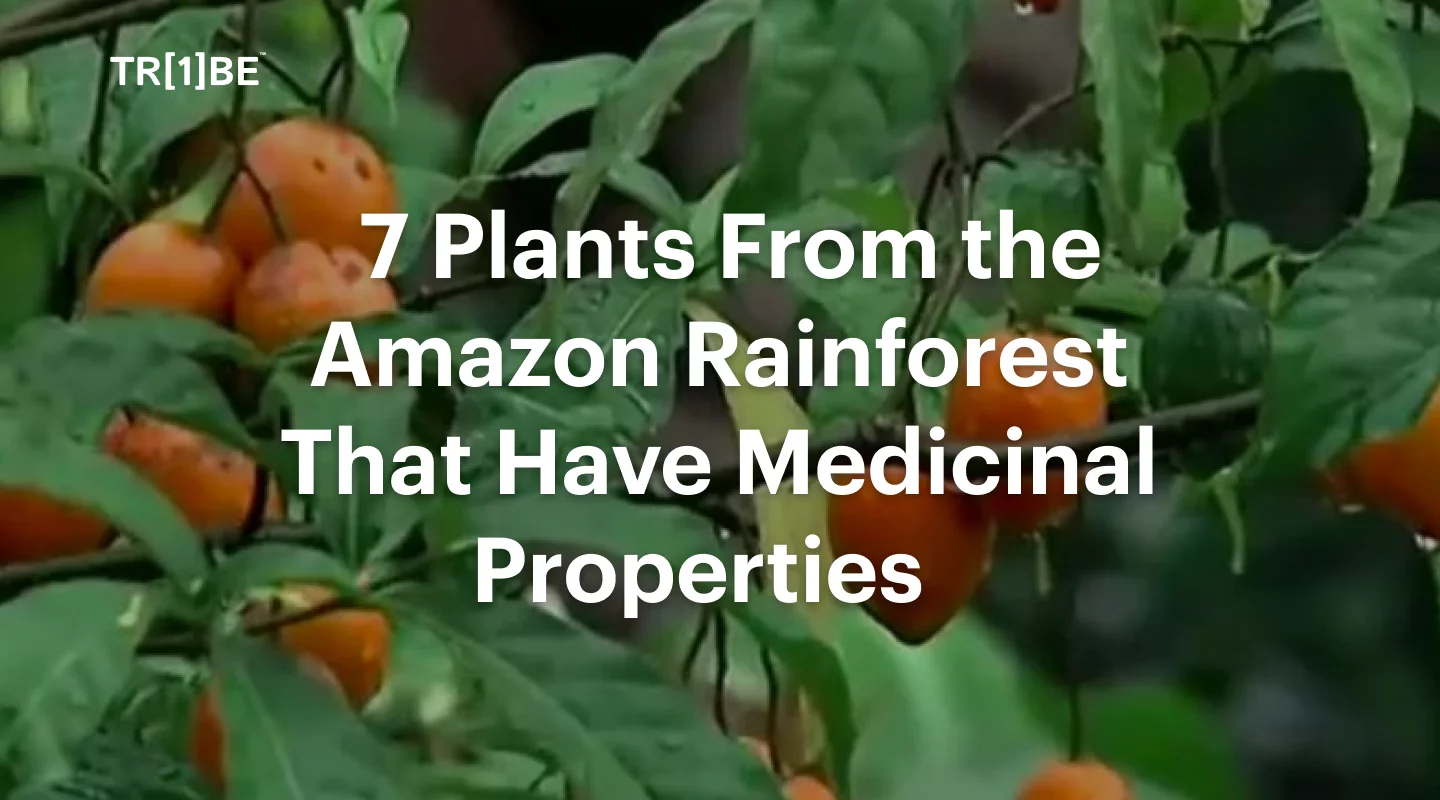
7 Plants From The Amazon Rainforest That Have Medicinal Properties One Tribe
8) Sangre de Grado. Sangre de Grado or Dragon Blood is a very interesting medicinal plant found only in the Amazon rainforest. It is acquired from the bark of the tree. The tree is known to be a very common and useful plant in the Amazon rainforest. It is used for medicinal purposes and is very rich in tannin.

Medicinal plants in the Amazonia. Wasai, tree with red, walking roots in the Amazon Rainforest
Across the world, people rely on medicinal plants for their primary health needs, and scientists agree that one in four modern medicines derives from rainforest plants. Yet forest destruction continues apace and species become extinct every year. Our goal is to promote the conservation of medicinal plants in Brazil's Atlantic Rainforest, rescuing, documenting, and sharing traditional knowledge.